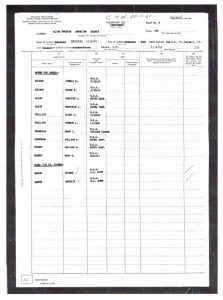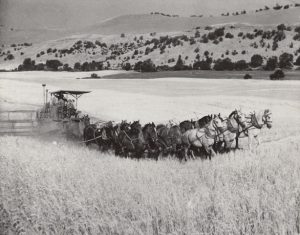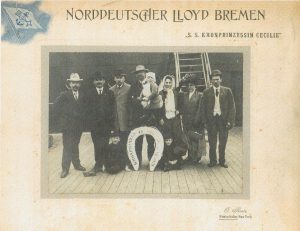
Just after 5:30 a.m., last October 9, I got a text from my half-sister letting me know that she and her children were safe at her mother’s house, but that her own home just outside Santa Rosa, California, had very likely burned. She’d awakened after midnight to the smell of smoke, and upon investigation discovered that wildfire was below her hill. Throwing on clothes, she and her kids evacuated down their winding, country road, as she blasted her car horn all the way down to alert neighbors of the danger. It appeared that Jennifer had become the one in our generation to be tapped by the finger of our family curse. Continue reading More fires









